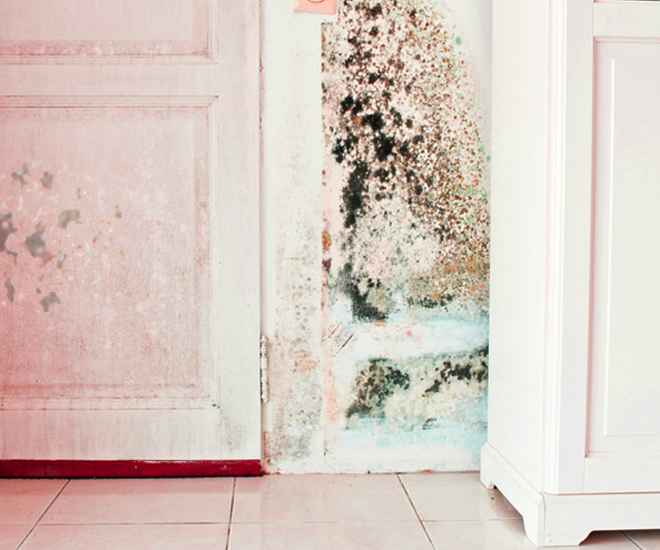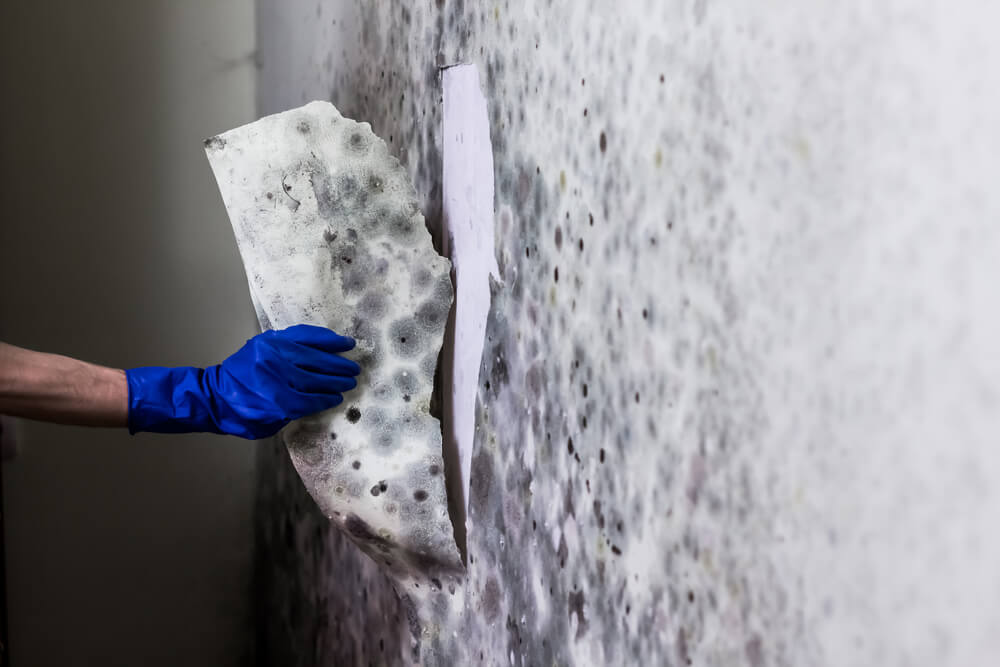Crafting an In-depth Post Mold Remediation Report
Crafting an In-depth Post Mold Remediation Report
Blog Article
Effective Article Mold Remediation Solutions for Your Home
Mold and mildew growth in homes can be a relentless issue, frequently calling for a systematic approach for efficient post-remediation options. From understanding the elements that add to mold and mildew advancement to executing appropriate cleaning strategies and dampness control steps, the process can be elaborate yet critical for preserving a healthy and balanced living environment. Additionally, discovering natural remediation solutions and developing a routine for ongoing upkeep are vital components of a detailed mold removal method. As property owners strive to attend to mold and mildew issues, locating one of the most effective services comes to be paramount for the well-being of their houses.
Recognizing Mold Growth Elements
The primary variable contributing to mold and mildew development is wetness. Mold and mildew spores need dampness to sprout and flourish, making damp or damp environments very susceptible to mold and mildew infestations.

Moreover, airflow and light exposure can affect mold and mildew growth. Areas that do not have proper air flow and natural light are much more susceptible to mold growth. By dealing with these aspects adequately, individuals can properly mitigate mold development and safeguard their living atmospheres.
Proper Mold And Mildew Cleansing Techniques
Using reliable cleaning techniques is important in preventing the reoccurrence and dealing with of mold and mildew contamination in indoor environments. The initial action in proper mold cleansing is to include the affected area to stop the spread of spores to uncontaminated locations.

Implementing Dampness Control Steps
To effectively stop mold growth and contamination in indoor atmospheres, applying moisture control actions is extremely important. Furthermore, making certain appropriate air flow in locations vulnerable to moisture buildup, such as kitchens and washrooms, can assist minimize the danger of mold and mildew growth. By vigilantly implementing these moisture control procedures, homeowners can properly minimize the likelihood of mold and mildew recontamination and keep a healthy and balanced interior environment.
Utilizing All-natural Remediation Solutions
After efficiently implementing wetness control actions to protect against mold development in indoor environments, property owners can now check out the performance of natural removal options in keeping a healthy and balanced living room. Natural removal options make use of ecologically pleasant approaches to combat mold this hyperlink and mold, making them a prominent choice for those seeking safe options. One such service is using vinegar, an all-natural antimicrobial representative, to disinfect and tidy surfaces contaminated by mold. Simply thin down vinegar with water and spray it onto the impacted areas, enabling it to rest for a couple of hours prior to wiping tidy. Additionally, tea tree oil, recognized for its antifungal buildings, can be combined with water and splashed onto mold-infested surfaces to inhibit further growth. An additional all-natural choice is hydrogen peroxide, which can effectively eliminate mold and mildew on various surface areas without leaving damaging deposits behind. By incorporating these all-natural remediation remedies into their cleansing routines, homeowners can effectively combat mold and mildew development while promoting a much healthier indoor environment for themselves and their households.

Keeping a Mold-Free Atmosphere
In order to prevent mold and mildew reappearance and ensure a consistently mold-free setting, it is essential for homeowners to implement positive upkeep methods. Routinely examining locations prone to mold and mildew growth, such as bathrooms, attic rooms, cellars, and kitchens, is crucial. Addressing any type of leakages, water damages, or excess dampness immediately can substantially lower the risk of mold and mildew advancement. testing air quality after mold remediation. Appropriate air flow in locations with high humidity levels is additionally vital to stop mold and mildew development. Using dehumidifiers or exhaust fans can help keep ideal wetness levels and prevent mold and mildew spores from thriving.
In addition, preserving remove mold under house tidiness in the home is important for mold prevention. Maintaining indoor plants in check and ensuring correct drain in exterior landscape design can lessen wetness accumulation, lowering the chance of mold infestations.
Conclusion
In conclusion, it is important to deal with mold and mildew development factors, make use of correct cleaning strategies, implement dampness control actions, make use of natural remediation solutions, and keep a mold-free atmosphere in order to effectively take care of message mold removal in your home - Post Remediation Inspection near me. By adhering to these methods, you can avoid mold and mildew from recurring and make sure a healthy living setting for you and your household
The main aspect adding to mold and mildew growth is dampness. Mold and mildew spores need dampness to germinate and grow, making damp or damp atmospheres very vulnerable to mold infestations.To properly protect against mold development and contamination in interior atmospheres, implementing moisture control actions is paramount. Additionally, making certain correct ventilation in areas vulnerable to moisture build-up, such as kitchens and shower rooms, can aid decrease the risk of mold and mildew development.After efficiently executing moisture control actions to protect against mold remove mold on wood and mildew growth in indoor environments, homeowners can now explore the performance of natural remediation options in keeping a healthy living area.
Report this page